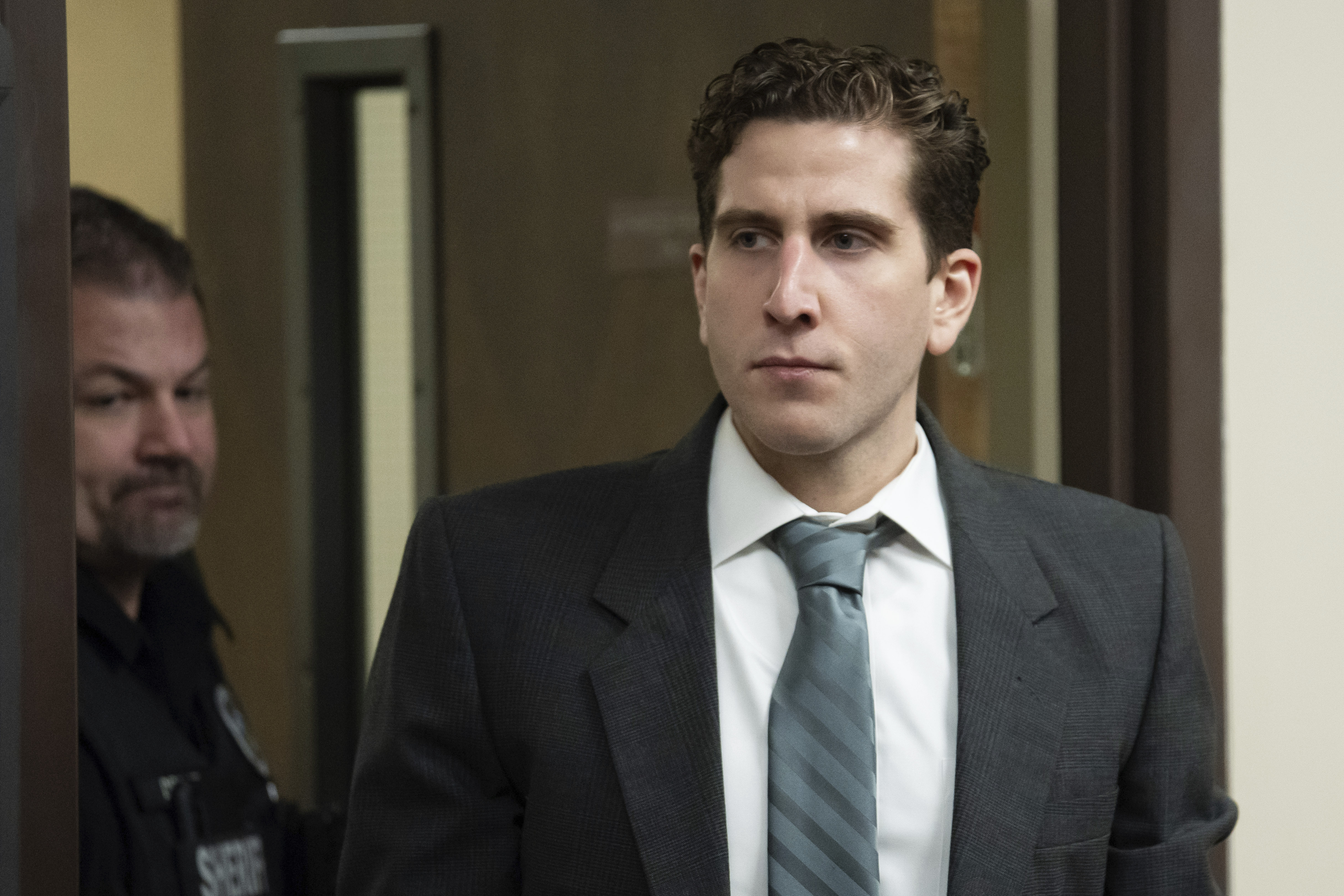COLLEGE STATION, Texas, October 9, 2008 (ENS) - The U.S. landscape industry has enjoyed decades of prosperity, but that will continue only if operators find more environmentally-friendly growing and selling methods, and embrace sustainability, says the executive vice president of the American Nursery and Landscape Association.
Speaking Wednesday at Texas A&M University, Robert Dolibois, delivered the keynote address for the Distinguished Lecture Series of the Ellison Chair in International Floriculture.
Dolibois said his Washington, DC-based organization represents some 2,300 companies that provide products and services to about 80 million U.S. households, but he said the relative good fortune of the industry faces crucial challenges that must be overcome for future success.
For one, the industry "has ridden on the back of the Boomer behemoth" for the past 15 years, he said, but now must realize that the primary purchasing population - the middle-aged households - are diminishing.
The industry certainly must pursue the Gen Y'ers - those who now are 18 to 30 years old - as they transition toward maintaining their own homes, Dolibois said, but the industry must also look for ways to extend the Boomers' interest in buying plants and landscape items.
"In all instances, we need to reverse an alarming trend of reducing the proportion of plant materials relative to hardscaping in residential and commercial design," he said.
Hardscaping is the use of non-plant materials such as sand, gravel or rock to landscape a space. It is preferred by residents weary of yardwork or those in arid urban environments such as Las Vegas who must decrease the amount of water they use to maintain their properties.
U.S. & World
The day's top national and international news.
Dolibois said new programs such as the Sustainable Sites Initiative being developed in Austin in cooperation with the American Society of Landscape Architects, the Lady Bird Johnson Wildflower Center and the U.S. Botanical Gardens, can show the way.
Just as the U.S. Green Building Council's LEED® rating system measures a building's environmental impact, the Sustainable Sites Initiative will measure the sustainability of designed landscapes of all types including public, commercial, and residential projects using a site rating system now under development.
The U.S. Green Building Council is lending its support to this project and anticipates adoption of the Sustainable Sites metrics into its LEED system once they are finished.
"Embracing sustainability," said Dolibois, is a vital key for the industry's success.
"At this point, it is invoked as both blessing and curse," Dolibois said. "It is time for us to more fully pursue the concepts, define its threats and opportunities and, in significant measure, declare industry ownership of its implications for us."
"Let's re-engineer, re-use, revert and recycle like we never have before," he said.
But pursuing customer groups and stepping up environmental efforts, along with possible increased regulation and the industry's lack of research and development funds, can only be met with better problem-solving skills, Dolibois said.
"Our defense must now be built on hard data and communicated by industry business owners in their terms with authentic examples, repeatedly," he stressed. "Such a defense will require much more research and understanding than we currently enjoy."
Dolibois said meeting the industry's challenges successfully is achievable "provided we build on a strong foundation of collaboration."
The Sustainable Sites Initiative will issue its next major report on sustainable landscape design for public comment in November. A preview was presented at the American Society of Landscape Architects annual meeting and trade show that concluded Tuesday in Philadelphia.
The Texas Nursery and Landscape Association has a sustainability discussion on its website, visit: http://tnlaonline.ning.com/
{Photo: Native to the United States, this Wright's desert honeysuckle bush is growing in Austin, Texas. (Photo by Joseph Marcus courtesy Lady Bird Johnson Wildflower Center)}
Copyright Environment News Service (ENS) 2008. All rights reserved.




